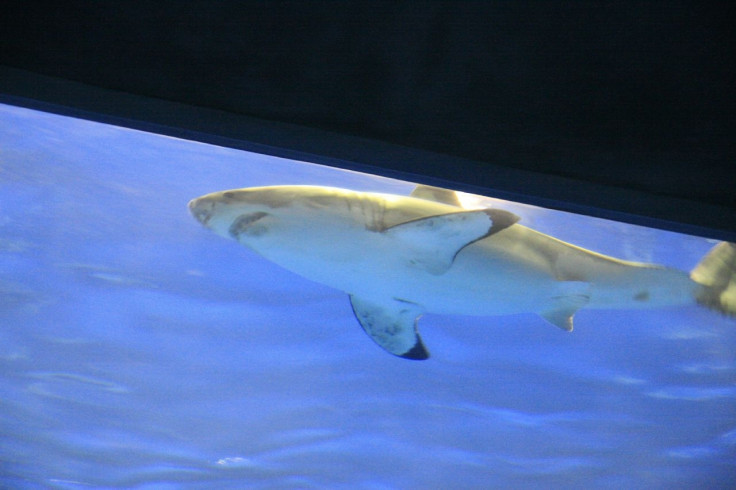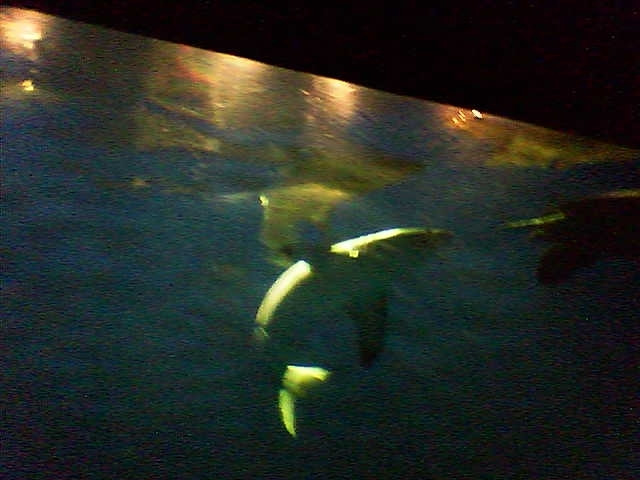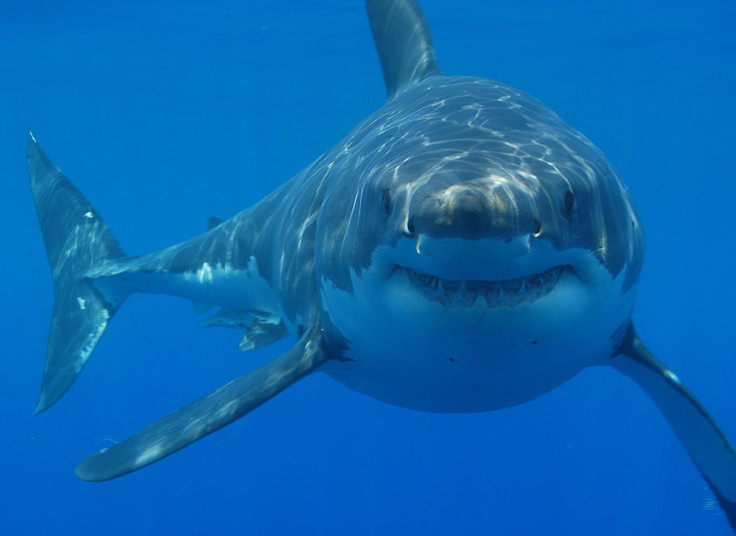All the times humans tried to keep a great white shark in captivity - and it died
A great white shark has never survived in captivity for more than about six months.
No great white shark has ever survived for more than around six months in captivity - and that lifespan is usually much shorter.
The first great white shark held in captivity was at Marineland of the Pacific in Los Angeles in 1955. The shark did not even last a day.
Since then, attempts have been made to keep great white sharks in captivity on around 25 occasions until 2003. The longest time in captivity during this entire period was about 16 days at Sea World San Diego, before the animal was released. Numerous others died within just one day.
A newspaper report from May 1992 reported on the death of a great white at Steinhart Aquarium in California just hours after being transferred into its 100,000 gallon tank. The shark, only about a year old, had been snared on a fisherman's net and reportedly died of shock.
Reacting to the death, David Shaw from the California Academy of Sciences said: "They're animals that are accustomed to the open ocean, that don't adapt well to having walls around them."
Then, in 2004, Monterey Bay Aquarium (MBA) set a record that has still never been beaten. A female great white shark, which was caught accidentally in commercial fishing nets, was kept in the aquarium's 1.2 million gallon Open Sea exhibit for 198 days - just over six months. The shark, which grew 14 inches during her time in captivity, was released back into the wild after attacking and killing other sharks in her exhibit.
MBA has kept five other great white sharks, which had been caught both accidentally and deliberately. The sharks stayed at MBA for between 11 days and five months, but had to be released for various reasons, such as becoming too big for the tank or displaying unhealthy behaviours, such as not eating or swimming into the side of the tank. One, released in 2008, had become "too frisky for his own good". Three years later, another great white had been doing well before its release but died after just a week in the wild.

A spokesperson for MBA told IBTimes UK: "From 2004 through 2011, more than 3 million people saw the six young great white sharks we placed on exhibit for periods up to six and a half months. By taking a slow, methodical and systematic approach, we are the only aquarium in the world that was able to keep these animals on exhibit, get the sharks to take food offered by our staff, and – in the case of five of the six animals that were on exhibit – to successfully return them to the wild.
"These young sharks were powerful emissaries for ocean conservation. We documented in visitor studies that seeing young great white sharks here has changed attitudes and left many people inspired to help protect white sharks in the wild."

The spokesperson added that despite the "success" of keeping the animals, returning them to the wild and changing opinions about the "demonised sharks," exhibiting them was a "big challenge". Therefore, MBA has chosen to focus on exhibiting other ocean animals. "For example, we've made great advances in raising and exhibiting jellies; and we're the only aquarium outside Japan to exhibit yellowfin and bluefin tunas."
For now, the spokesperson said, the aquarium "has no plans to attempt to collect and exhibit a young great white shark at any point in the foreseeable future". It is nonetheless continuing field research studies into white sharks and their lives and migrations in the eastern Pacific Ocean.
Most recently, in January 2016, an adult male great white shark died just three days after being moved from the ocean, where it was caught in a fixed net, to Okinawa Churaumi Aquarium in Japan. According to the Wall Street Journal, a keeper said the relatively small 3.5 metre shark had not eaten anything since it arrived and kept swimming into the tank's walls.
The shark's condition took a turn for the worse on the day of his death, and he reportedly suddenly sank to the bottom of the tank. Attempts to revive him failed.
People for the Ethical Treatment of Animals (PETA) said: "The shark was obviously extremely stressed as a result of having everything natural and important to him taken away, which was clear from his weakened condition and abnormal swimming behavior. The cause of his death is clear: captivity. He never had to die like this."

Why can't great white sharks live in captivity?
The main theories are:
- Their exercise and freedom is essential. The sharks, which can grow to more than 20 feet in length, need plenty of space to swim - they can comfortably swim thousands of miles each year, and swim at speeds of more than 30 miles an hour, according to PETA. Yet in captivity, some sharks have swum repeatedly into the sides of their tank as they struggle to exercise their natural behaviour.
- They need to eat a lot, but are picky eaters, repeatedly refusing to eat in captivity - this has been put down to depression or stress, which also makes the sharks more aggressive, plus the fact that they need the thrill of the hunt and do not want to be fed by humans.
- There is still a great deal we do not know about great whites, so it can be very hard to look after them.
What next?
In January 2016, PETA UK awarded a prize to Curiscope, which created a 360-degree virtual reality experience to allow people to see what it would be like swimming surrounded by great white sharks and other sea life. The animal welfare charity hoped it might enable visitors to see sharks up close and personal without subjecting them to a "lifetime of deprivation in an aquarium". If this takes off, it could mean exhibitors stop trying to create a healthy captive environment for a great white shark.
In the meantime, it is fair to say that visitors and exhibitors alike are staying away from great white sharks for now.






















